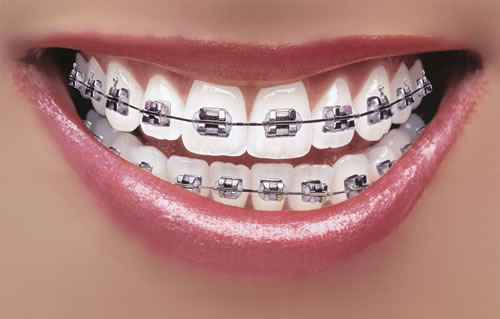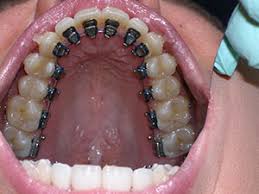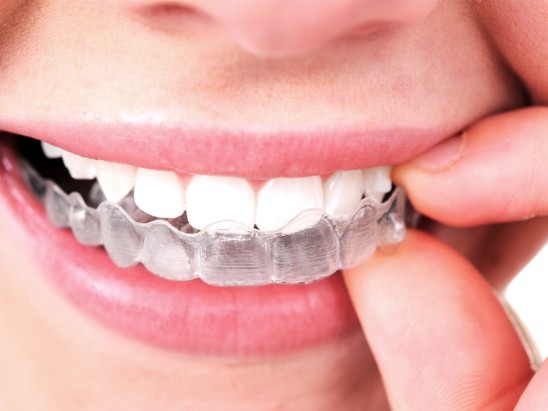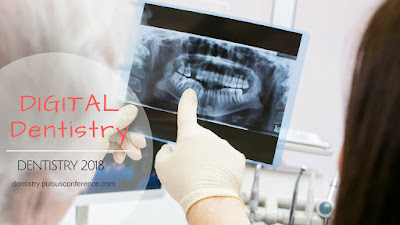DENTAL BRACES
Not everyone is born with a perfect teeth, some are lucky to be born with perfect teeth.Orthodontic treatment has now marked a revolutionary change in Dentistry, it helped to restore the smile with the help of Dental braces .Using this modern Dental technology it is now possible to bring back healthy and beautiful smile quicker.

Old-fashioned braces use elastic ties – which can cause painful friction – to hold the straightening wire in place. They are made from a high-grade stainless steel and have metal brackets that are attached to each tooth using a type of cement. The brackets are linked to each other with a thin archwire, which puts pressure on the teeth to cause them to move slowly into the correct position.The ties are also prone to collecting plaque, which can be unpleasant. They are durable and strong.
Made of Ceramics instead of Metal, they have clear or tooth colored brackets so they are less noticeable than metal braces can perform much better and it is high of cost as compared to metal braces.
Lingual braces attach to the lingual (tongue) side of your teeth. No one can see them, but they’ll be hard at work straightening your teeth from the inside. Your lingual brace will look and function just like a fixed brace, using brackets and wires to gradually move your teeth.

The process for lingual braces involves taking an impression of the teeth, which is then sent to a dental laboratory and used to create customized brackets. The process takes about six weeks and, once complete, allows the orthodontist to use a specific process to cement the braces onto the back surfaces of your teeth
Lingual braces may also irritate the tongue and may cause it to become tender. Using wax against the lower teeth to cover the braces can help alleviate this soreness. Some people find speaking clearly and enunciating more difficult while wearing lingual brace.
Invisalign this involves a range of clear plastic aligners that resemble mouth guards, which are custom-made for you. They are removable for eating and cleaning, and you change them out for a newly made aligner every two weeks. Each new aligner takes the adjustment of your teeth one step further.

You should be prepared for the fact that taking care of your teeth will be more difficult once you get braces. Braces have countless tiny spaces to trap food, and this trapped food causes plaque, which can lead to many other dental problems. Because of this, it’s very important to brush your teeth after every meal (snacks count, too), to rinse with mouthwash, and to floss at least once a day.
During the time that you have braces on your teeth, you will need to visit the orthodontist regularly for adjustments to your appliance. After a routine orthodontic adjustment, you may experience some tightness or even a slight amount of pain. If this discomfort or pain does not quickly dissipate, or becomes extreme, you should consult your orthodontist.
If you have braces, it’s important to avoid special foods that can increase your risk for cavities or damage your braces. Cut down on sweets, chips and soda. Sugary and starchy foods generate plaque acid and that can cause tooth decay and promote gum disease. Sticky, chewy sweets like caramel can also cause wire damage and loosen brackets.
Discuss more about the types of Dental Braces and Orthodontic treatment in Dentistry 2018.

The struggle of having braces is real, I just recently got braces this post was so helpful.
ReplyDeleteThis post so adorable, I got braces tightened yesterday and I got to change the colors and I choose the exact ones he did.
ReplyDeleteSuch a very interesting blog post information.
ReplyDeleteType of Dental Braces
Excellent knowledge, You are providing important knowledge. It is really helpful and factual information for us and everyone to increase knowledge. Continue sharing your data. Thank you. Read more info about How long do braces last
ReplyDelete